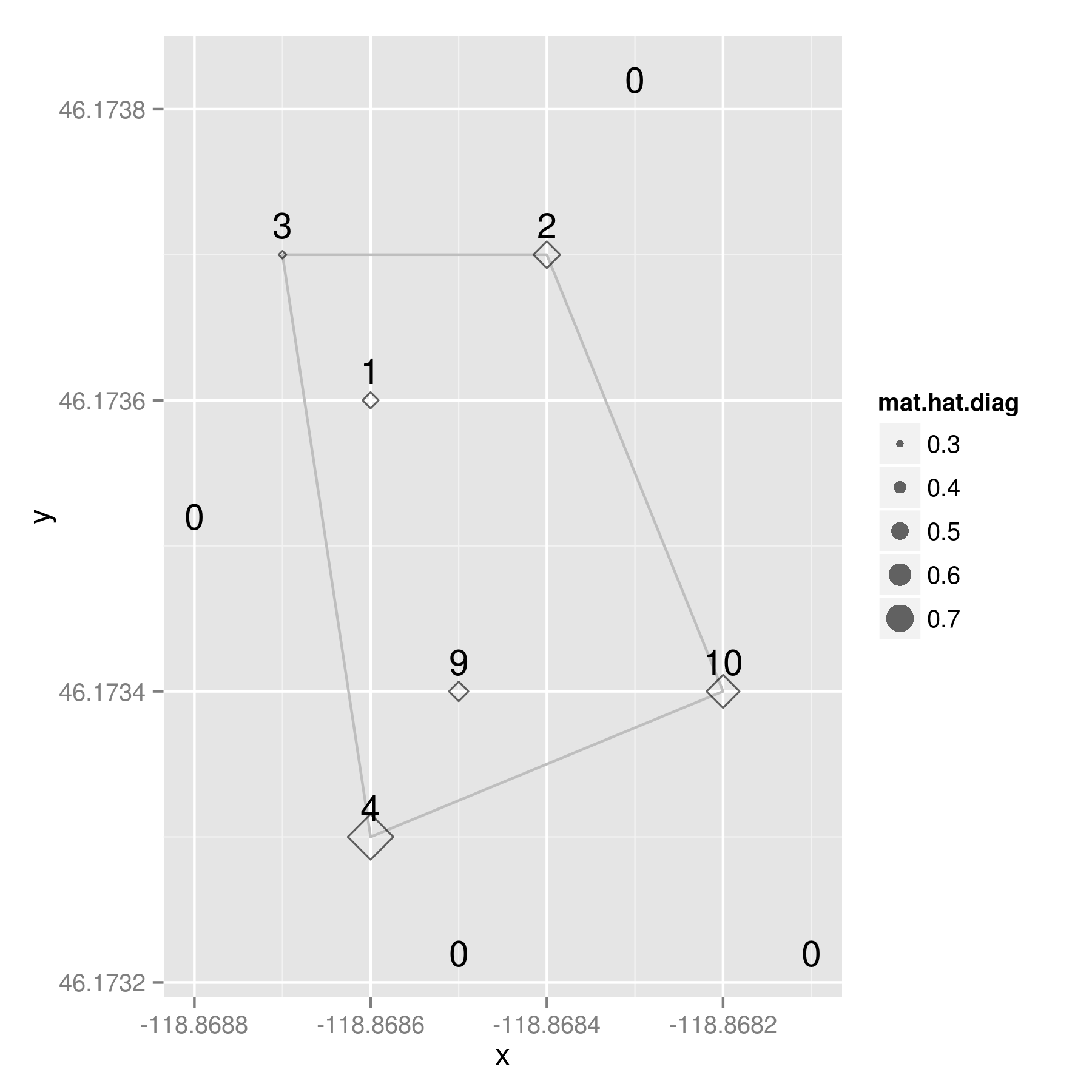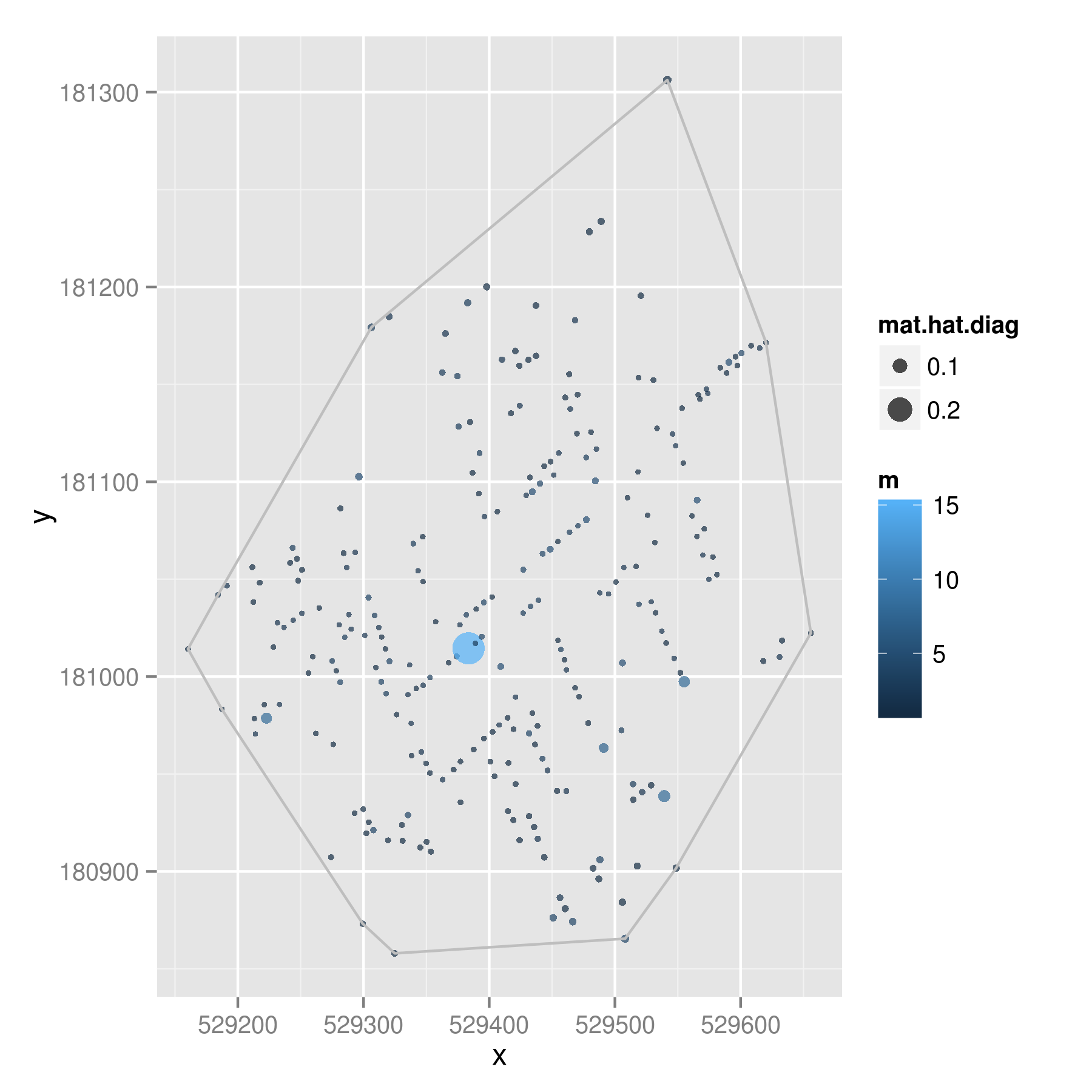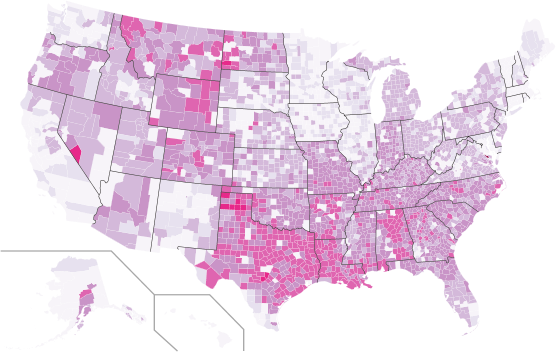A few weeks ago, Twitter announced that they were releasing a client for their Streaming API. It’s open-source! Get it here: https://github.com/twitter/hbc
This is pretty great news, for a few reasons:
- The Streaming API relies on a consistent connection, so doing all that messy authentication and making sure you’re not going to drop any information is simplified and will comport to Twitter specs.
- Twitter is deprecating v1 of their APIs, including Streaming and RESTful. They haven’t made any dramatic changes in the Streaming API but it still means changing libraries or expecting someone who is maintaining your library of choice to update it.
- It’s all being developed and actively maintained in-house by Twitter. The maintainers, @steven and @kevino (apparently one of the perks of working at Twitter is getting an awesome username), are especially responsive with bug fixes and pull requests.
- There’s a plugin for the Twitter4j library, if you want to implement listeners that do any background data handling or parsing for particular pieces of data (deletes vs. stall_warnings). I haven’t tried this yet but it looks promising.
The downside? It’s in Java. While this used to be a nice insult when I was hacking around in CS 180 and Java was at version 1.4.2, Java has gotten much faster since then. The addition of projects like Apache Maven has made development with dependencies and handling classpaths much easier. But then, you still have to know at least a little Java to get the thing up and running.
I’ve been using this as my primary gardenhose collection device for a few weeks now with only a handful of issues, as bugs are surfacing in development but being squashed soon after.







